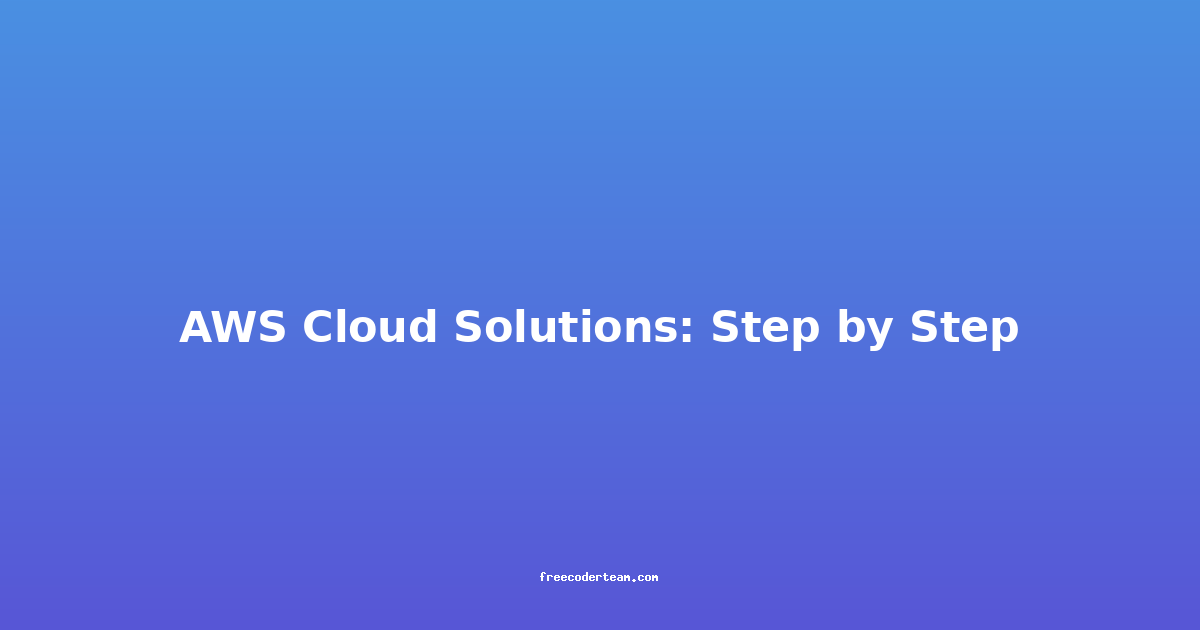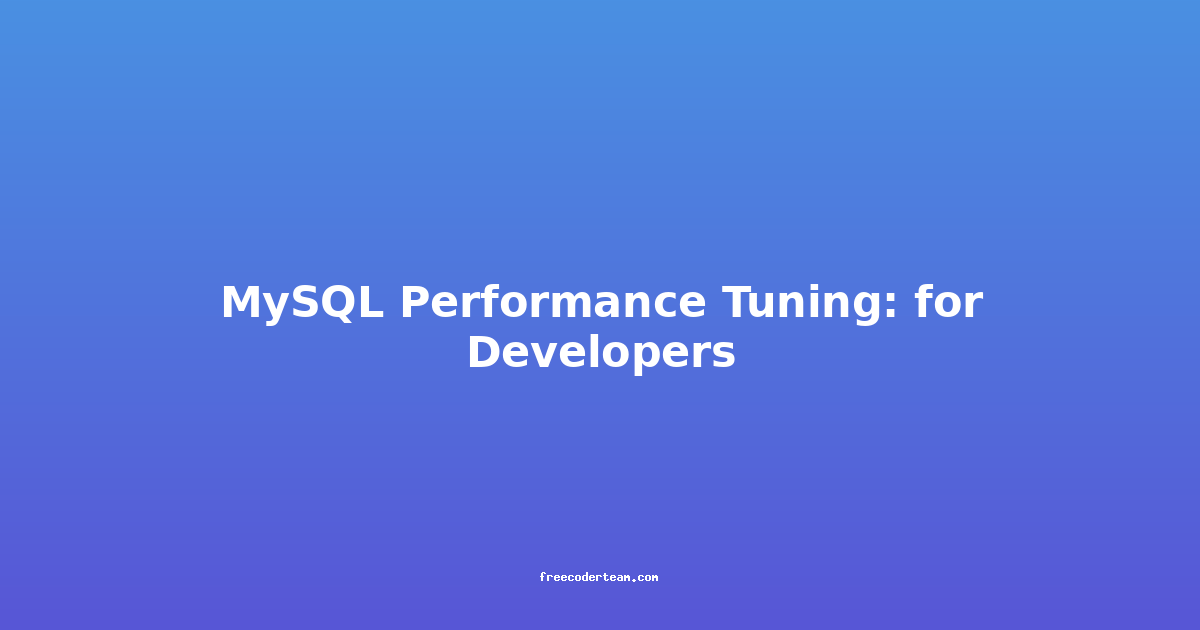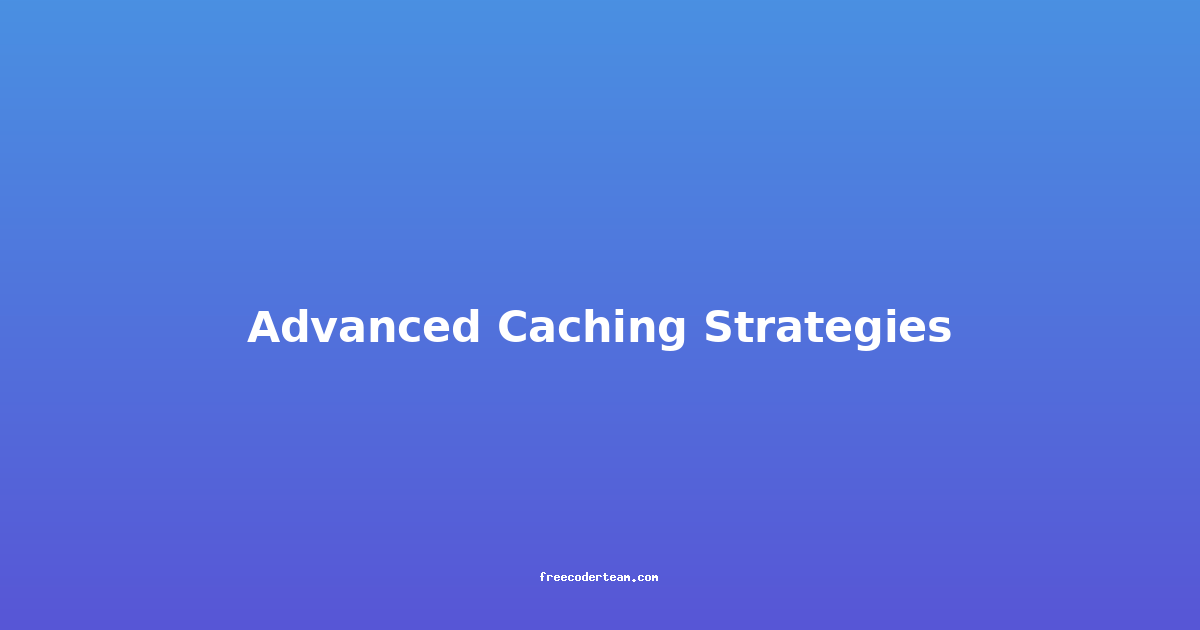Professional Blockchain Development Basics
Blockchain technology has revolutionized industries by enabling decentralized, transparent, and secure systems. Whether you're building a cryptocurrency, a supply chain solution, or a decentralized application (dApp), understanding the fundamentals of professional blockchain development is crucial. In this comprehensive guide, we'll cover the basics of blockchain, essential tools, best practices, and actionable insights to help you get started.
Table of Contents
- Introduction to Blockchain
- Key Components of a Blockchain
- Popular Blockchain Platforms
- Tools and Technologies for Blockchain Development
- Best Practices in Blockchain Development
- Practical Example: Building a Simple dApp
- Conclusion
Introduction to Blockchain
A blockchain is a distributed ledger that records transactions in a way that is immutable, transparent, and secure. Unlike traditional databases, blockchain operates on a decentralized network of nodes, where each participant (node) maintains a copy of the entire ledger. This ensures that no single entity can manipulate the data, making it ideal for applications requiring trust and transparency.
Blockchain technology is not just about cryptocurrencies like Bitcoin or Ethereum. It can be applied to a wide range of industries, including finance, supply chain management, healthcare, and more. As a developer, understanding how to build on blockchain platforms is becoming increasingly valuable.
Key Components of a Blockchain
Blocks
A block is the fundamental unit of a blockchain. It contains:
- Data: The information being stored (e.g., transaction details).
- Hash: A unique cryptographic identifier for the block.
- Previous Hash: A reference to the hash of the previous block, creating the chain.
Each block is linked to the previous one through its hash, forming a chain of blocks. This structure ensures that any tampering with past data would break the chain, as the hashes would no longer match.
Chains
A blockchain is essentially a chain of blocks. Each block contains a reference to the previous block, creating a linear, chronological order. This design ensures that the ledger is immutable and transparent, as any change to a block would require altering all subsequent blocks.
Consensus Mechanisms
Consensus mechanisms are protocols that ensure all nodes in the network agree on the state of the blockchain. The most common mechanisms include:
- Proof of Work (PoW): Used by Bitcoin, where miners solve complex mathematical puzzles to validate transactions.
- Proof of Stake (PoS): Used by Ethereum 2.0, where validators are chosen to create new blocks based on the number of coins they "stake."
- Delegated Proof of Stake (DPoS): Used by platforms like EOS, where token holders vote for validators to produce blocks.
Choosing the right consensus mechanism depends on the requirements of your application.
Popular Blockchain Platforms
Ethereum
Ethereum is the most popular platform for decentralized applications (dApps). It introduced the concept of smart contracts, which are self-executing contracts with the terms of the agreement directly written into code. Smart contracts run on the Ethereum Virtual Machine (EVM) and can automate complex logic.
Example: Deploying a Smart Contract
// SPDX-License-Identifier: MIT
pragma solidity ^0.8.0;
contract HelloWorld {
string public message;
constructor(string memory initMessage) {
message = initMessage;
}
function updateMessage(string memory newMessage) public {
message = newMessage;
}
}
Ethereum's flexibility makes it ideal for developing dApps, decentralized finance (DeFi) solutions, and more.
Hyperledger Fabric
Hyperledger Fabric is an enterprise-grade blockchain platform designed for business use cases. Unlike public blockchains like Ethereum, Hyperledger Fabric is permissioned, meaning only authorized nodes can participate in the network. This makes it suitable for scenarios where privacy and control are critical.
Example: Creating a Chaincode (Smart Contract)
const { Contract } = require('@hyperledger/fabric-contract-api');
class MyContract extends Contract {
async initLedger(ctx) {
// Initialize the ledger with some data
}
async addAsset(ctx, assetId, assetData) {
// Add new asset to the ledger
}
}
Solana
Solana is a high-performance blockchain designed to scale decentralized applications. It uses a unique combination of proof of stake, sharding, and a graphical transaction model to achieve fast and low-cost transactions.
Example: Developing a Program on Solana
use solana_program::{
account_info::AccountInfo, entrypoint, entrypoint::ProgramResult, pubkey::Pubkey,
};
entrypoint!(process_instruction);
fn process_instruction(
program_id: &Pubkey,
accounts: &[AccountInfo],
instruction_data: &[u8],
) -> ProgramResult {
// Implementation logic
Ok(())
}
Solana is particularly popular for building scalable DeFi and gaming applications.
Tools and Technologies for Blockchain Development
Smart Contracts
Smart contracts are the backbone of blockchain applications. They automate business logic and ensure that agreements are executed as programmed. The most common programming languages for smart contracts are:
- Solidity: For Ethereum-based applications.
- Rust: For Solana and other platforms.
- JavaScript/TypeScript: For frameworks like Hyperledger Fabric.
Development Frameworks
Several frameworks simplify blockchain development:
- Truffle: A popular Ethereum development framework that provides tools for compiling, deploying, and testing smart contracts.
- Hardhat: A modular and flexible Ethereum development environment.
- Candy Machine: A tool for creating and deploying NFT collections on Solana.
Testing and Debugging
Testing is critical in blockchain development due to the immutable nature of transactions. Tools like:
- Mocha/Chai: For testing Ethereum smart contracts.
- Solana Playground: For testing Solana programs.
- Ganache: A personal blockchain for testing smart contracts locally.
Ensure that you thoroughly test your contracts to prevent vulnerabilities.
Best Practices in Blockchain Development
Security First
Blockchain applications handle sensitive data, so security is paramount. Follow these practices:
- Audit Your Code: Use tools like Mythril or Slither to detect vulnerabilities in smart contracts.
- Use Secure Libraries: Leverage audited libraries and avoid reinventing the wheel.
- Gas Optimization: On Ethereum, optimize your smart contracts to reduce gas costs.
Modular Design
Break your application into smaller, manageable components. For example:
- Separate Concerns: Keep business logic, data storage, and user interfaces separate.
- Use Libraries: Reuse existing libraries for common tasks like token management.
Scalability Considerations
As your application grows, ensure it can handle increased traffic:
- Sharding: Split the network into smaller, manageable parts.
- Off-Chain Solutions: Use technologies like Lightning Network for Ethereum or TikTok's Layer 2 solution for Solana to handle high transaction volumes.
Practical Example: Building a Simple dApp
Let's build a simple decentralized application (dApp) using Ethereum and the Truffle framework. Our dApp will allow users to store and retrieve messages on the blockchain.
Step 1: Set Up the Environment
- Install Node.js and npm.
- Install Truffle:
npm install -g truffle - Create a new project:
truffle init
Step 2: Write the Smart Contract
Create a contracts/HelloWorld.sol file:
// SPDX-License-Identifier: MIT
pragma solidity ^0.8.0;
contract HelloWorld {
string public message;
constructor(string memory initMessage) {
message = initMessage;
}
function updateMessage(string memory newMessage) public {
message = newMessage;
}
}
Step 3: Compile the Contract
Run truffle compile to compile the smart contract.
Step 4: Deploy the Contract
Update the migrations/2_deploy_contracts.js file:
const HelloWorld = artifacts.require("HelloWorld");
module.exports = function(deployer) {
deployer.deploy(HelloWorld, "Hello, Blockchain!");
};
Run truffle migrate --reset to deploy the contract.
Step 5: Interact with the Contract
Create a frontend using Web3.js to interact with the contract. Here's a simple example:
const Web3 = require('web3');
const contract = require('@truffle/contract');
const HelloWorld = contract(require('./build/contracts/HelloWorld.json'));
const web3 = new Web3(new Web3.providers.HttpProvider("http://127.0.0.1:8545"));
web3.eth.defaultAccount = web3.eth.accounts[0];
HelloWorld.setProvider(web3.currentProvider);
async function getContract() {
const instance = await HelloWorld.deployed();
const message = await instance.message();
console.log("Current message:", message);
}
getContract();
This example demonstrates how to deploy and interact with a smart contract.
Conclusion
Blockchain development is a rapidly evolving field with immense potential. By understanding the basics, leveraging the right tools, and following best practices, you can build robust, secure, and scalable applications. Whether you're building a cryptocurrency, a supply chain solution, or a decentralized application, blockchain offers a unique opportunity to create transparent and trustless systems.
As you delve deeper into blockchain development, remember to stay updated with the latest trends and technologies. The community is vibrant, and there are endless opportunities to innovate and solve real-world problems.
Happy coding! 🚀
Feel free to explore further and build your first blockchain application today!




